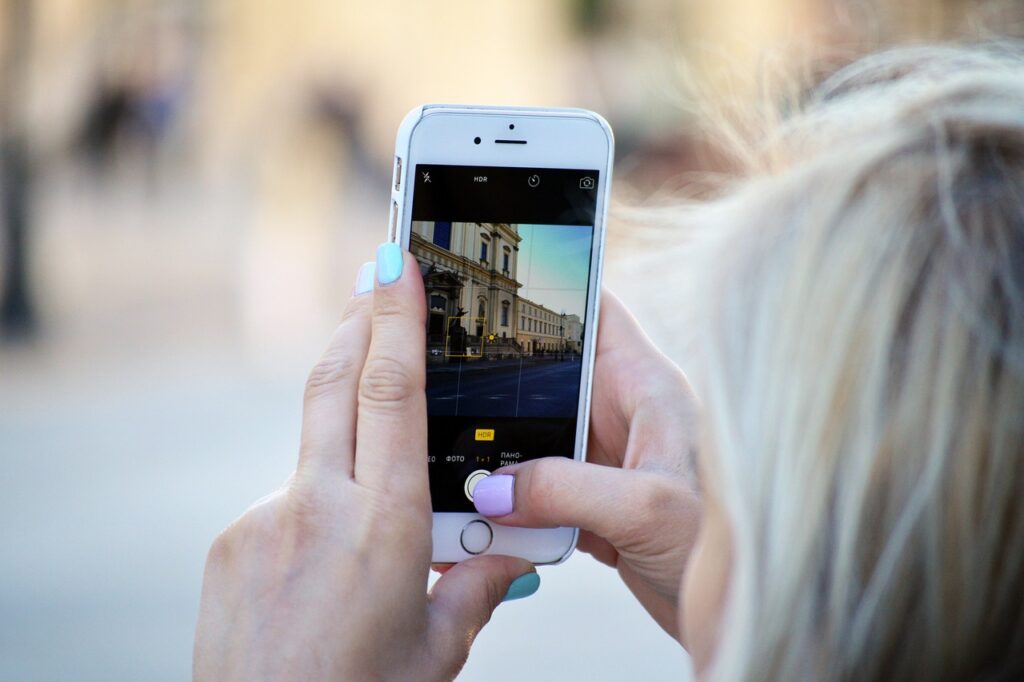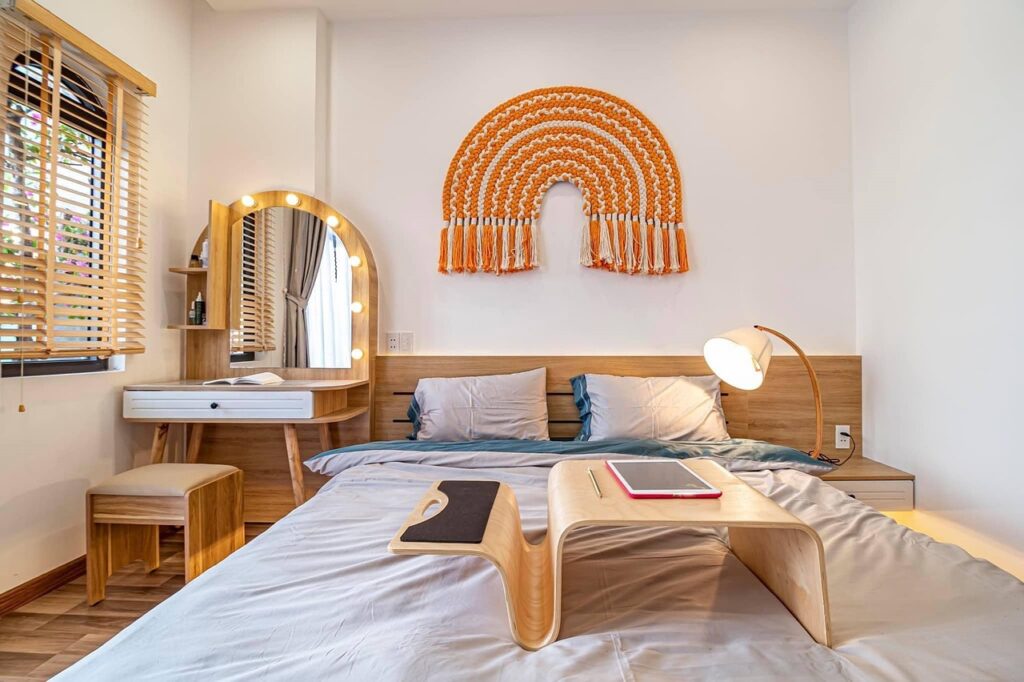When it comes to shoes in the house, are you a “Definitely take them off” or “It doesn’t matter” kind of person? Some people think shoes are gross and should never be worn indoors, while others don’t see any harm in keeping shoes on in the house.
Our feet naturally pronate during the gait cycle, however, when we walk barefoot we pronate for a longer period of time, which then alters the biomechanics and distribution of pressure and weight across the foot.
Wearing supportive slippers inside the house is often about more than just pure comfort. Foot specialists often recommend them over barefoot at home to prevent discomfort and injury.
People who experience lower limb discomfort such as plantar fasciitis, metatarsalgia, lower back pain and chronic conditions such as diabetes and diabetic neuropathy benefit greatly from the simple addition of footwear into their day-to-day home routines.
Pro And Cons Of Wearing Shoes In The House

Whether or not to wear shoes in the house is often a matter of personal preference and cultural norms. There are both pros and cons to wearing shoes indoors:
Pros of wearing shoes indoors:
- Protection: Shoes can protect your feet from sharp objects, spills, or any other hazards on the floor.
- Comfort and support: Some people find that wearing shoes provides additional support and comfort, especially if they have foot issues or need orthotic support.
- Warmth: In colder climates, wearing shoes indoors can help keep your feet warm.
Cons of wearing shoes indoors:
- Dirt and germs: Shoes can track dirt, bacteria, and other contaminants from outside into your home, potentially making your living space less clean.
- Floor damage: Shoes can cause scuff marks and scratches on floors, especially hardwood or delicate surfaces.
- Comfort: Many people find it more comfortable to go barefoot or wear slippers inside the house.
Ultimately, the decision to wear shoes in the house is up to you and what you feel most comfortable with. Some people choose to have a designated area near the entrance where they remove their outdoor shoes and switch to indoor footwear like slippers. This can help maintain a balance between comfort, cleanliness, and foot protection.
Why should people wear indoor shoes in the house?
Walking barefoot on hard surfaces for an extended period of time is bad for your feet because it allows your foot to collapse, which can lead to a tremendous amount of stress not only to the foot but to the rest of the body.
But for people without strong feelings on the subject and whose home doubles as their office, indoor shoes are a good idea. People who work remotely tend to underestimate the amount of time they spend walking around barefoot during the day. “You’ll get up and stand around the kitchen and chop vegetables, or clean, or go up and down the stairs to do laundry.
If you’re barefoot, only your fat pad—the thin layer of fat located under the ball of the foot and the heel—will absorb that repetitive impact. Putting pressure on your feet by walking around barefoot for weeks or months can cause them to become inflamed, which can lead to serious problems.
Danger Of Wearing Shoes In the House
Studies have shown that most shoes have millions of bacteria on them. “The germs you track into your house can live on your floor for days or longer. Then, if you touch the floor or your face, germs can get inside your body.
Shoes can carry harmful pathogens from outside into your home, leading to a buildup of germs and bacteria on your floors. By not wearing shoes inside, you can prevent scratches, scuffs, and stains on your floors and carpets, saving you money on cleaning and repairs.
Footwear worn outside can pick up harmful bacteria such as E. coli, which can lead to life-threatening kidney failure.
What to Look for in an Indoor Shoe
Shoes provide comfort, support, and protection, while taking pressure off important tendons and ligaments. But not just any sneaker or slipper will do.
Ideally, shoes will have a spacious fit at the toes and provide at least some degree of arch support. “Everyone has a natural arch to their foot, or if they have flat feet, they need a natural arch.”
Make sure the shoe has that built-in, you can check to see if there’s a little bit of a ridge by the middle of the foot, on the bottom.” You might be tempted to wear slippers inside and that’s ok, with some caveats.
If they’re the fuzzy type designed to keep your feet warm, they’re probably not providing meaningful support. “You’re maybe doing a disservice to yourself. Wear them while you’re watching a movie on the couch, but once you start walking around, opt for a pair with an outer sole that provides arch support.
Conclusion
In summary, there are perfectly hygienic reasons for the habit of removing your shoes before entering the house. Scientists start from the fact that the sole of the shoe collects microorganisms from the soil, and these microorganisms are drug-resistant pathogens and carcinogenic toxins.
The asphalt we walk on, the dirty ground, and the animal droppings that may have been left on a certain road and then only washed away by the rain pose a great risk to people’s health, and when at home they mix with dust and hairs, they become even more dangerous.




